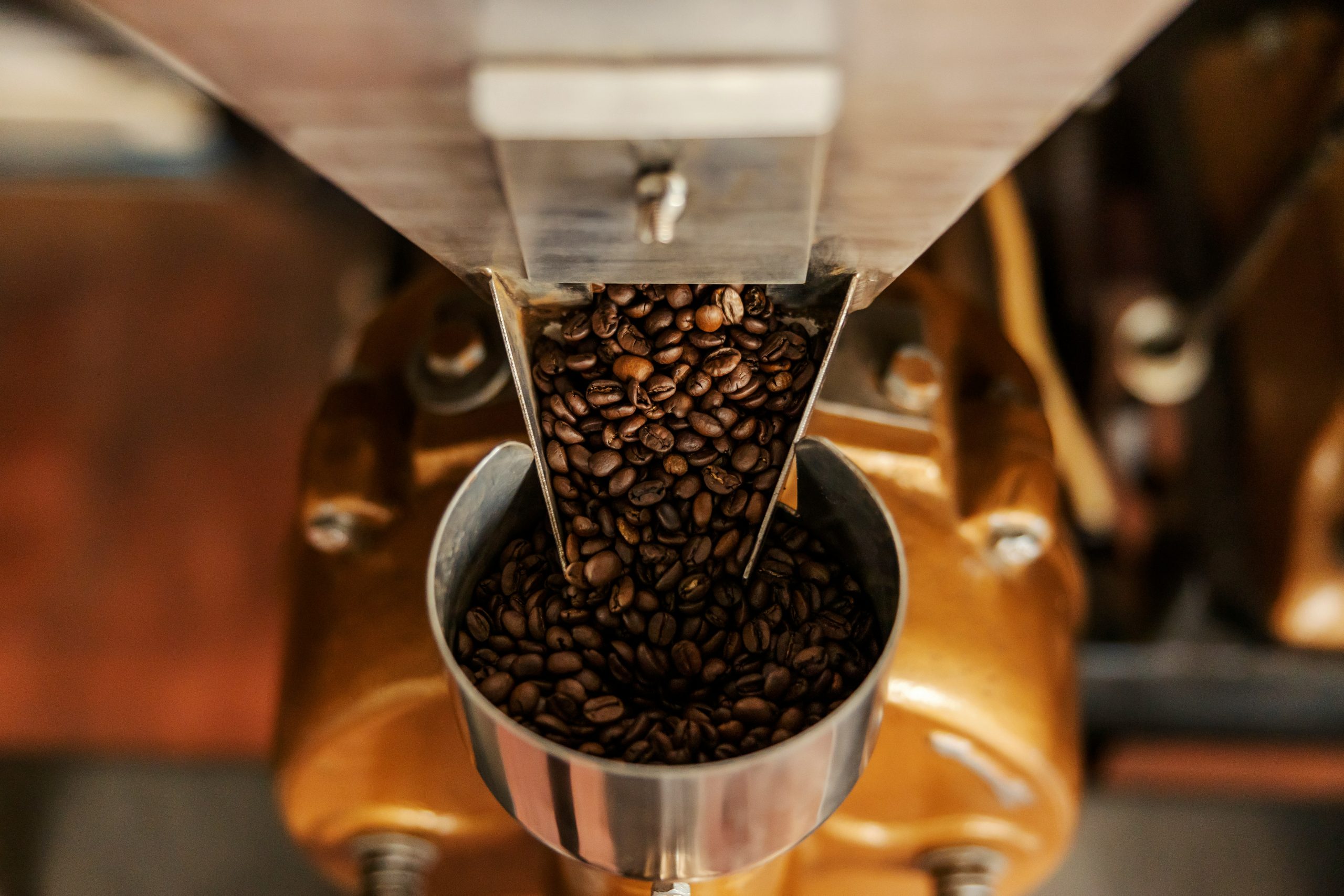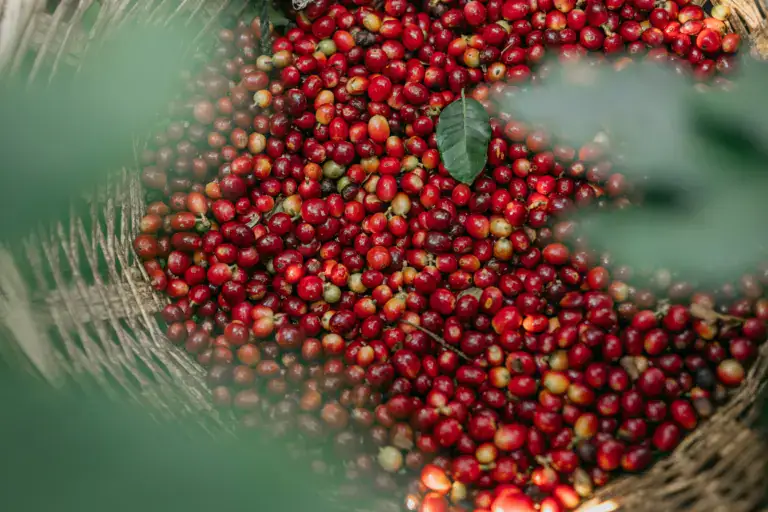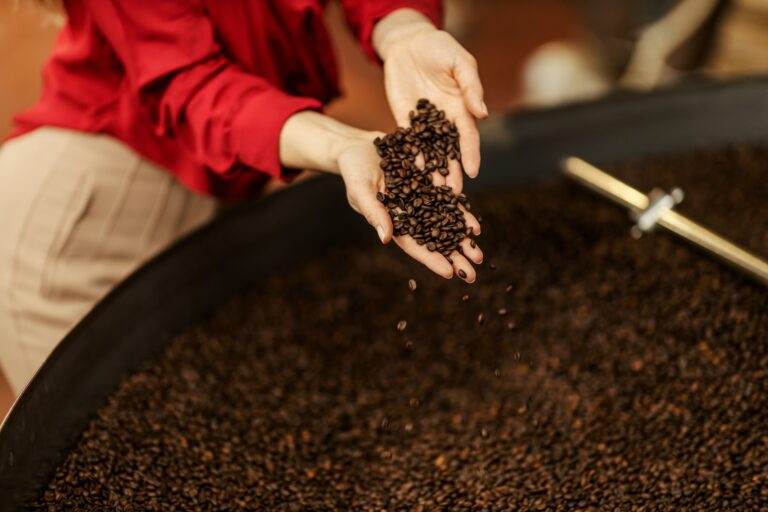Free Shipping on all U.S. orders $50+
Why Roast-to-Order Coffee Beats Store-Bought: The Ultimate Guide to Fresher, Better-Tasting Coffee
Reading Time: 8 minutes

If you’ve ever wondered why your morning cup doesn’t taste as amazing as that coffee you had at your favorite local café, the answer might be simpler than you think. The secret lies in roast-to-order coffee – a game-changing approach that’s revolutionizing how coffee lovers experience their daily brew.
What Is Roast-to-Order Coffee?
Roast-to-order coffee is exactly what it sounds like: coffee beans that are roasted only after you place your order. Unlike mass-produced store-bought coffee that sits on shelves for weeks or months, roast-to-order beans go from roaster to your doorstep within days of being roasted, ensuring maximum freshness and flavor.
This personalized approach to coffee roasting has gained tremendous popularity among discerning coffee drinkers who refuse to settle for stale, flavorless beans that dominate grocery store aisles.
The Freshness Factor: Why Timing Matters in Coffee
Peak Flavor Window
Coffee beans reach their peak flavor profile 2-14 days after roasting. During this golden window, the beans have had time to degas (release CO2 from the roasting process) while retaining their complex flavor compounds. Store-bought coffee, however, often sits on shelves for 3-12 months before reaching your cup, well past its prime.
The Science of Coffee Degradation
Once coffee beans are roasted, several factors begin breaking down their flavor:
- Oxidation: Exposure to oxygen causes oils to turn rancid
- CO2 loss: Essential gases that carry aroma compounds escape over time
- Moisture absorption: Beans absorb humidity, diluting flavors
- Light exposure: UV rays break down delicate flavor compounds
Roast-to-order coffee minimizes these issues by dramatically reducing the time between roasting and consumption.
Superior Flavor Profile: Taste the Difference
Complex Flavor Notes
Fresh-roasted beans retain their origin characteristics and roasting nuances. Whether you prefer bright, acidic Ethiopian beans or rich, chocolatey Brazilian varieties, roast-to-order coffee preserves these unique flavor profiles that get lost in aged, store-bought alternatives.
Aromatic Experience
The intoxicating aroma of freshly roasted coffee is one of life’s great pleasures. Roast-to-order beans release significantly more aromatic compounds when ground and brewed, creating a multi-sensory experience that pre-ground or aged whole beans simply cannot match.
Customization Options
Many roast-to-order services allow you to specify your preferred roast level, from light city roasts that highlight origin flavors to dark French roasts with bold, smoky characteristics. This level of customization is impossible with mass-produced coffee.
Quality Control and Traceability
Single-Origin Transparency
Roast-to-order coffee roasters often provide detailed information about bean origins, including:
- Specific farms or cooperatives
- Growing altitude and conditions
- Processing methods
- Harvest dates
- Fair trade and organic certifications
This transparency ensures you know exactly what you’re drinking and supports ethical coffee sourcing practices.
Small-Batch Quality
Unlike industrial roasting operations that process thousands of pounds simultaneously, roast-to-order operations typically use small-batch roasting. This allows for:
- Precise temperature control
- Consistent roast profiles
- Individual attention to each batch
- Quality assurance throughout the process
Environmental and Economic Benefits
Reduced Food Waste
Store-bought coffee often goes stale before consumption, contributing to food waste. Roast-to-order coffee’s made-to-order model significantly reduces waste by producing only what customers actually purchase and consume.
Supporting Small Businesses
Most roast-to-order operations are small, independent roasters who are passionate about their craft. Choosing roast-to-order coffee supports local economies and artisanal coffee culture rather than multinational corporations.
Sustainable Packaging
Many roast-to-order services use eco-friendly packaging, including compostable bags and minimal packaging materials, reducing environmental impact compared to heavily packaged store-bought alternatives.
Cost Considerations: Value vs. Price
While roast-to-order coffee typically costs more per pound than grocery store brands, the value proposition is compelling:
Better Cost Per Cup
Higher quality beans often require less coffee per cup to achieve desired strength and flavor, making the actual cost per cup more comparable than initial prices suggest.
Elimination of Waste
Since fresh coffee tastes better, you’re less likely to waste it or need to mask poor flavors with excessive cream and sugar, maximizing your investment.
Premium Experience
The enhanced flavor, aroma, and overall coffee experience justify the modest price premium for most coffee enthusiasts.
How to Get Started with Roast-to-Order Coffee
Finding the Right Roaster
Look for roasters that:
- Provide roast dates on packaging
- Offer detailed origin information
- Have positive customer reviews
- Specialize in your preferred coffee styles
- Provide brewing guidance and customer support
Timing Your Orders
To maintain optimal freshness:
- Order enough coffee for 1-2 weeks of consumption
- Plan orders to arrive 3-5 days after roasting
- Store beans properly in airtight containers away from light and heat
- Avoid freezing, which can damage bean structure
Experimenting with Origins and Roasts
Take advantage of roast-to-order flexibility by trying:
- Different origin countries and regions
- Various roast levels
- Processing methods (washed, natural, honey-processed)
- Seasonal offerings and limited releases
Common Store-Bought Coffee Problems Solved
Staleness and Flat Flavors
Store-bought coffee’s biggest weakness – age-related flavor loss – is completely eliminated with roast-to-order freshness.
Inconsistent Quality
Mass production often leads to quality variations between batches. Small-batch roast-to-order operations maintain much more consistent quality standards.
Limited Selection
Grocery stores typically stock only the most commercial varieties. Roast-to-order services offer access to rare, exotic, and seasonal coffees unavailable in retail settings.
Unknown Origins
Many store-bought coffees use blends from unknown sources. Roast-to-order transparency lets you know exactly what you’re drinking and where it came from.
Making the Switch: What to Expect
Adjustment Period
If you’re accustomed to over-roasted, bitter store-bought coffee, fresh roast-to-order coffee might initially taste “different.” Give your palate time to adjust and appreciate the nuanced flavors.
Brewing Considerations
Fresh coffee may require slight adjustments to your brewing method:
- Slightly coarser grind for very fresh beans (first 3-5 days)
- Adjusted brewing ratios to account for enhanced extraction
- Experimentation with water temperature and timing
Storage Requirements
Proper storage becomes more important with fresh coffee:
- Use airtight containers
- Keep away from light, heat, and moisture
- Buy only what you’ll consume within 2-3 weeks
Conclusion: Elevate Your Coffee Experience
The difference between roast-to-order and store-bought coffee isn’t just about freshness – it’s about embracing a completely different approach to one of life’s daily rituals. From the moment you open a bag of freshly roasted beans and inhale that incredible aroma to the last sip of your perfectly brewed cup, roast-to-order coffee transforms your entire coffee experience.
While store-bought coffee offers convenience and familiarity, roast-to-order coffee delivers something far more valuable: the true potential of what coffee can be. For anyone serious about their daily brew, making the switch to roast-to-order coffee isn’t just an upgrade – it’s a revelation.
Ready to taste the difference? Begin your journey with our coffee—place your first order with our roast-to-order service, and get ready to uncover the rich flavors you never knew you were missing.
Looking to upgrade your coffee game? Share this article with fellow coffee lovers and subscribe to our newsletter for more brewing tips and coffee insights.



